Where we live in Wales, it feels like there’s a castle around every corner. But Italy, too, boasts its fair share of stunning castles, my favourite being Castel dell’Ovo in Naples! As you may have guessed, the Italian word for castle is castello.
castello
castle
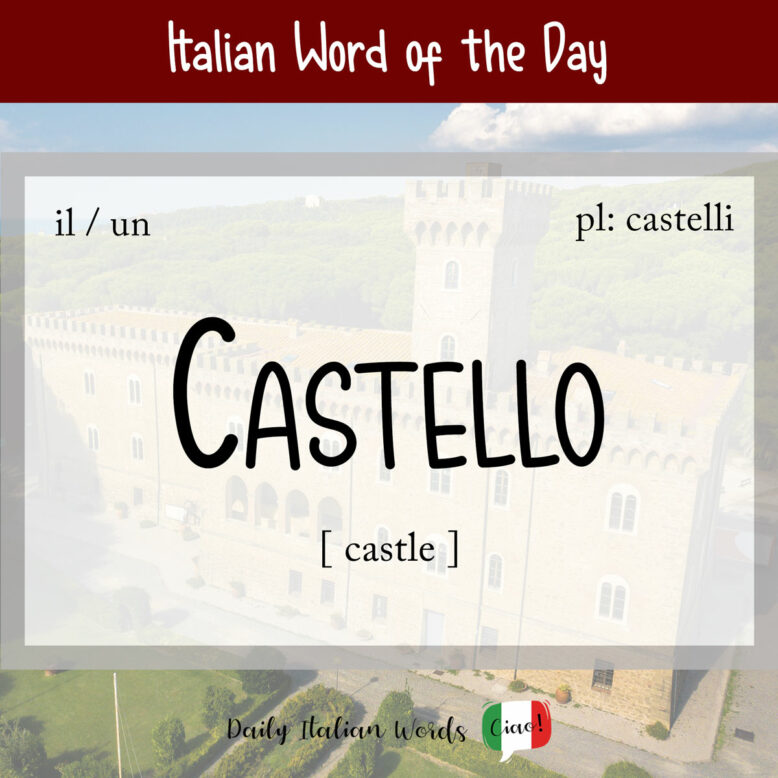
Castello is derived directly from the Latin castellum, which is the diminutive form of castrum, meaning “fortified camp.” It is a masculine noun that takes the following definite and indefinite articles:
- il castello = the castle
- un castello = a castle
- i castelli = the castles
- dei castelli = some castles
Il re ha costruito un castello per difendere il suo paese.
The king built a castle to defend his country.
Originally, castello referred to a vast fortified complex of buildings belonging to kings and feudal lords. While this meaning still holds, today the term is also used to describe any large, stately country residence that resembles a medieval castle. Figuratively, it may also be used to refer to a very large and spacious house.
Ha una casa che sembra un castello, è così grande!
He has a house that looks like a castle, it’s so big!
The word castello is relatively easy to remember thanks to its resemblance to the English word, but what about the various parts of a castle? Let’s take a look at them now:
- fossato = moat
- ponte levatoio = drawbridge
- torre = tower
- prigione sotterranea = dungeon
- muro di cinta = curtain wall
- maschio / torrione = keep
- torre di guardia = watchtower
- saracinesca = portcullis
Did you know that…
The word for a bunkbed in Italian is letto a castello, or literally, a castle bed?
As we mentioned above, Italy is home to countless castles, each with its unique history and charm. Below you’ll find five of the most famous castles that stand out for their historical significance, architectural beauty, and cultural importance:
1. Castel Sant’Angelo (Rome)
Castel Sant’Angelo is arguably the most famous castle in Italy. Originally built as a mausoleum for Emperor Hadrian in 135 AD, it was later transformed into a fortress and papal residence. Its rich history and stunning location along the Tiber River make it one of Rome’s most iconic landmarks. (And you don’t truly grasp just how massive it is until you’re on foot, making your way around it!)
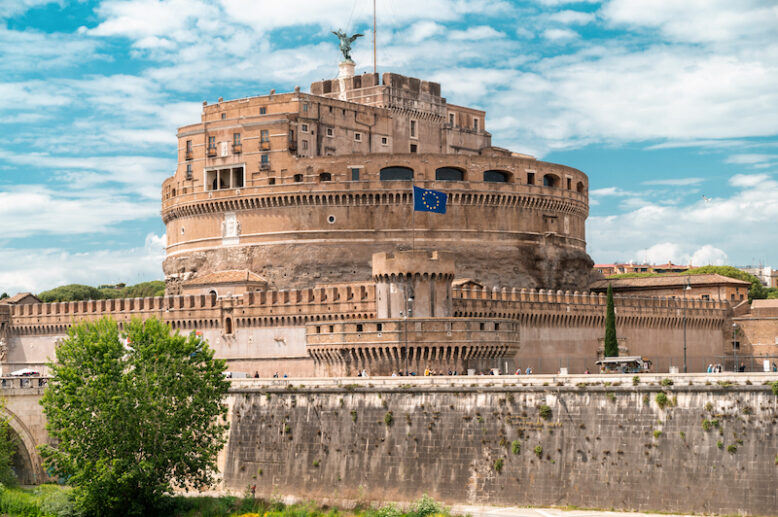
2. Castel del Monte (Apulia)
A UNESCO World Heritage Site, Castel del Monte is renowned for its unique octagonal shape and blend of Romanesque, Gothic, and Islamic architectural styles. Built by Emperor Frederick II in the 13th century, it’s a masterpiece of medieval architecture – though I must admit, it looks a bit more like a prison than a castle!
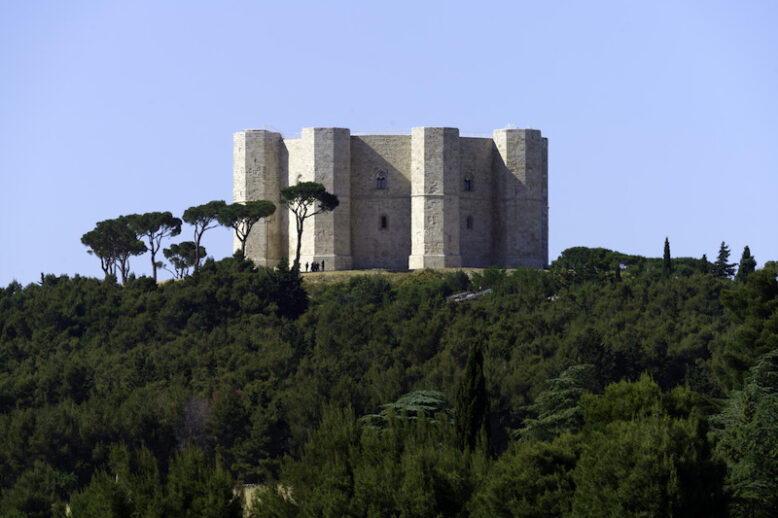
3. Castel Nuovo (Naples)
Also known as Maschio Angioino, this imposing fortress in Naples was built in the 13th century by Charles I of Anjou. Its iconic triumphal arch and picturesque location near the Gulf of Naples make it a must-see for anyone planning a trip to Naples, no matter how many times you’ve been there.
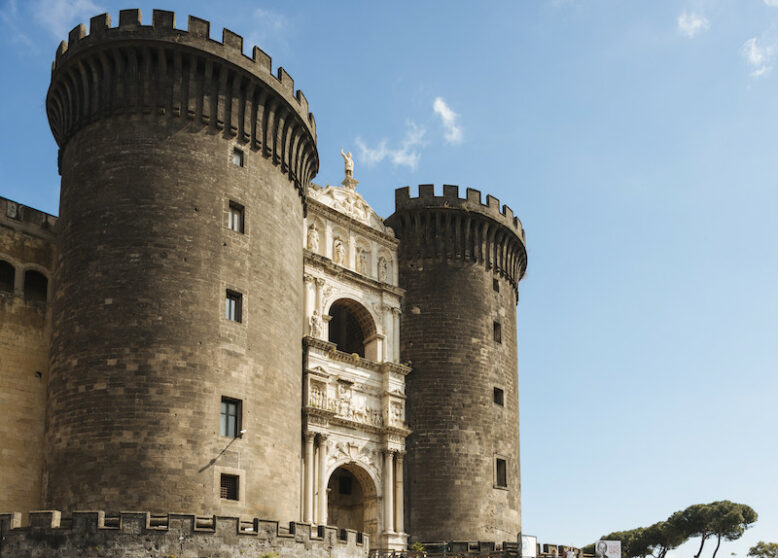
4. Castello Sforzesco (Milan)
Constructed in the 15th century by Francesco Sforza, Duke of Milan, this grand castle now houses several museums and art collections. It’s a symbol of Milan’s rich history and cultural heritage – definitely a must-see if you plan to visit Milan any time soon!
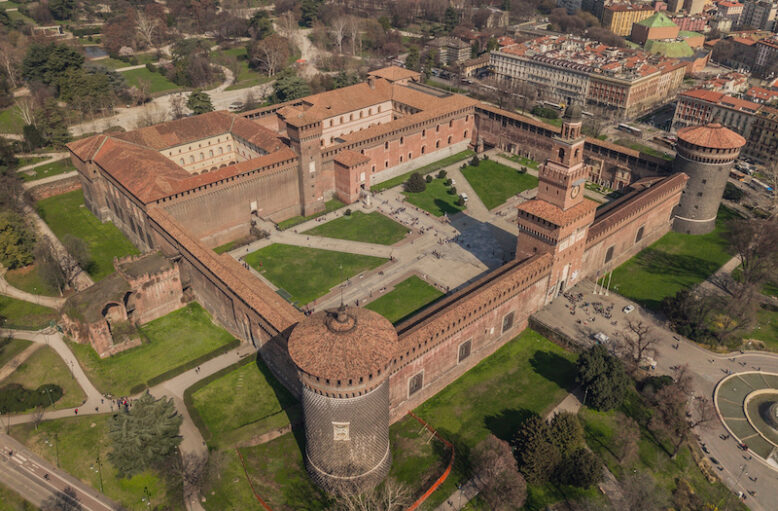
5. Castello di Miramare (Trieste)
Perched on a cliff overlooking the Adriatic Sea, this 19th-century castle was built for Archduke Ferdinand Maximilian of Austria. Its stunning location, lush gardens, and elegant interiors attract visitors from around the world. It may not be as old as some of the other castles on this list, but it’s definitely worth seeing.
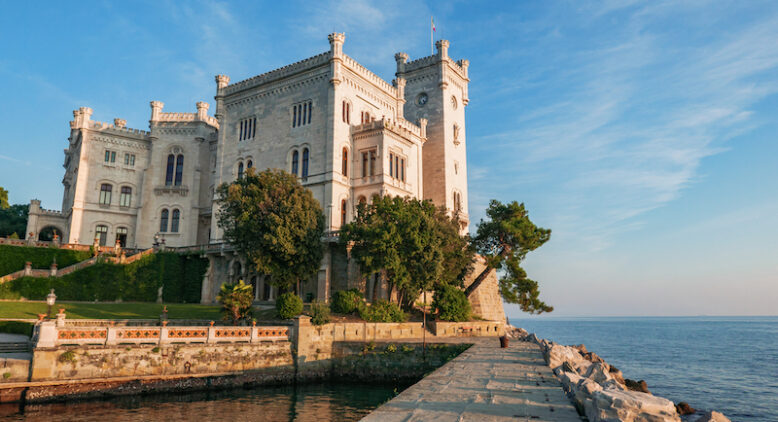
Idiomatic expressions featuring ‘castello’
Fare castelli in aria
Literal translation: to make castles in the air
English meaning: to fantasise, to dream of impossible things
Mettere in castello
Literal translation: to put in (your) castle
English meaning: to put in your stomach, to eat
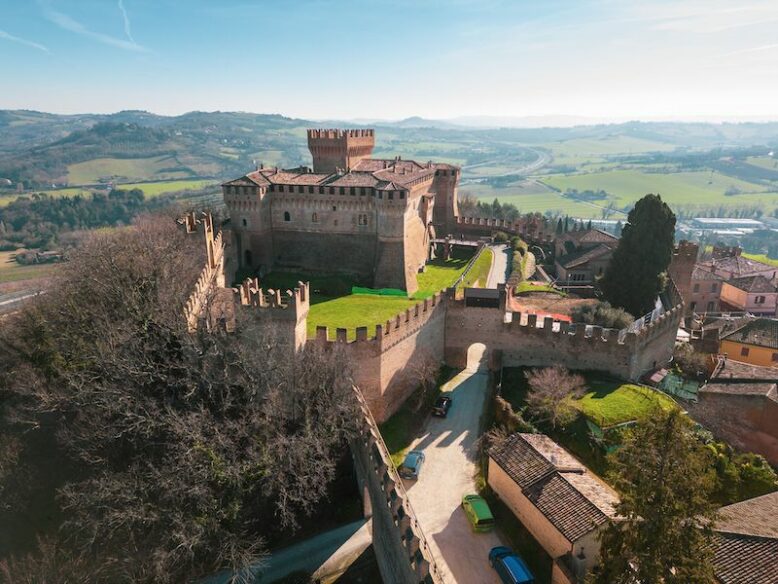
Heather Broster is a graduate with honours in linguistics from the University of Western Ontario. She is an aspiring polyglot, proficient in English and Italian, as well as Japanese, Welsh, and French to varying degrees of fluency. Originally from Toronto, Heather has resided in various countries, notably Italy for a period of six years. Her primary focus lies in the fields of language acquisition, education, and bilingual instruction.


